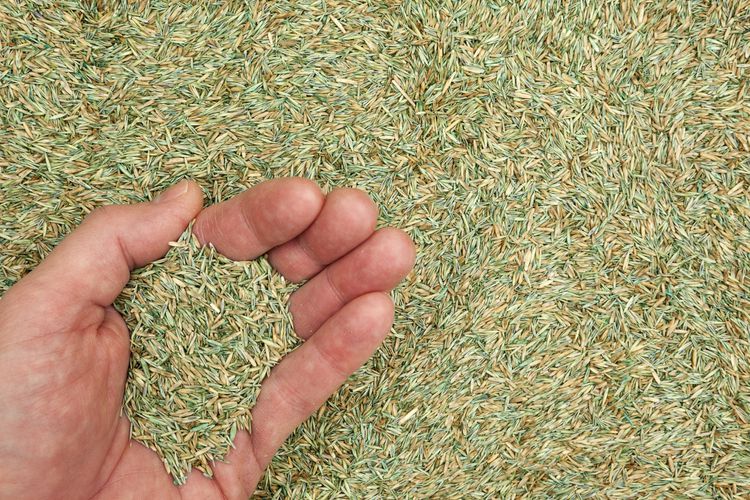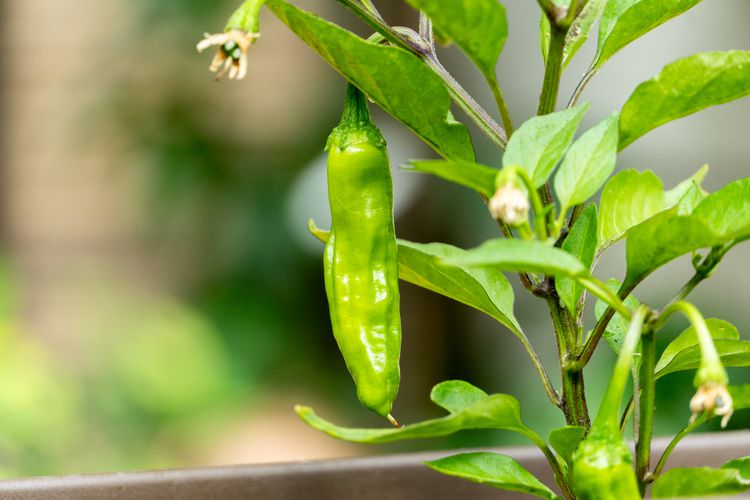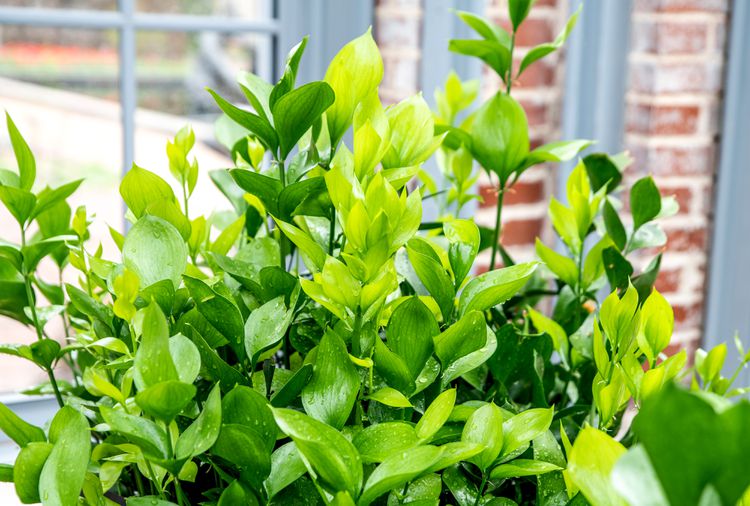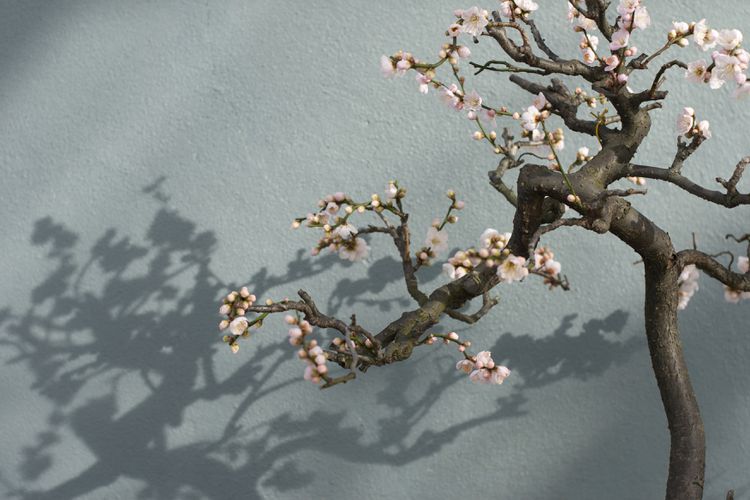Whether in autumn or spring, the ideal period for planting occurs during several weeks of temperate weather.
When you come across a hydrangea in full bloom at a garden center, you may feel inclined to purchase it and plant it immediately. However, it’s advisable to hold off. The optimal time to plant a hydrangea is in the fall, with early spring being the next best option.
Hydrangeas should be planted in conditions that are not too hot or too cold, as both extremes can cause stress to the plant. The ideal time to plant hydrangeas is during a month that offers six weeks of moderate weather, which is the duration the plant usually requires to establish its roots.
This guide outlines the optimal timing for planting hydrangeas, whether in the garden or in pots, and provides additional essential planting advice.
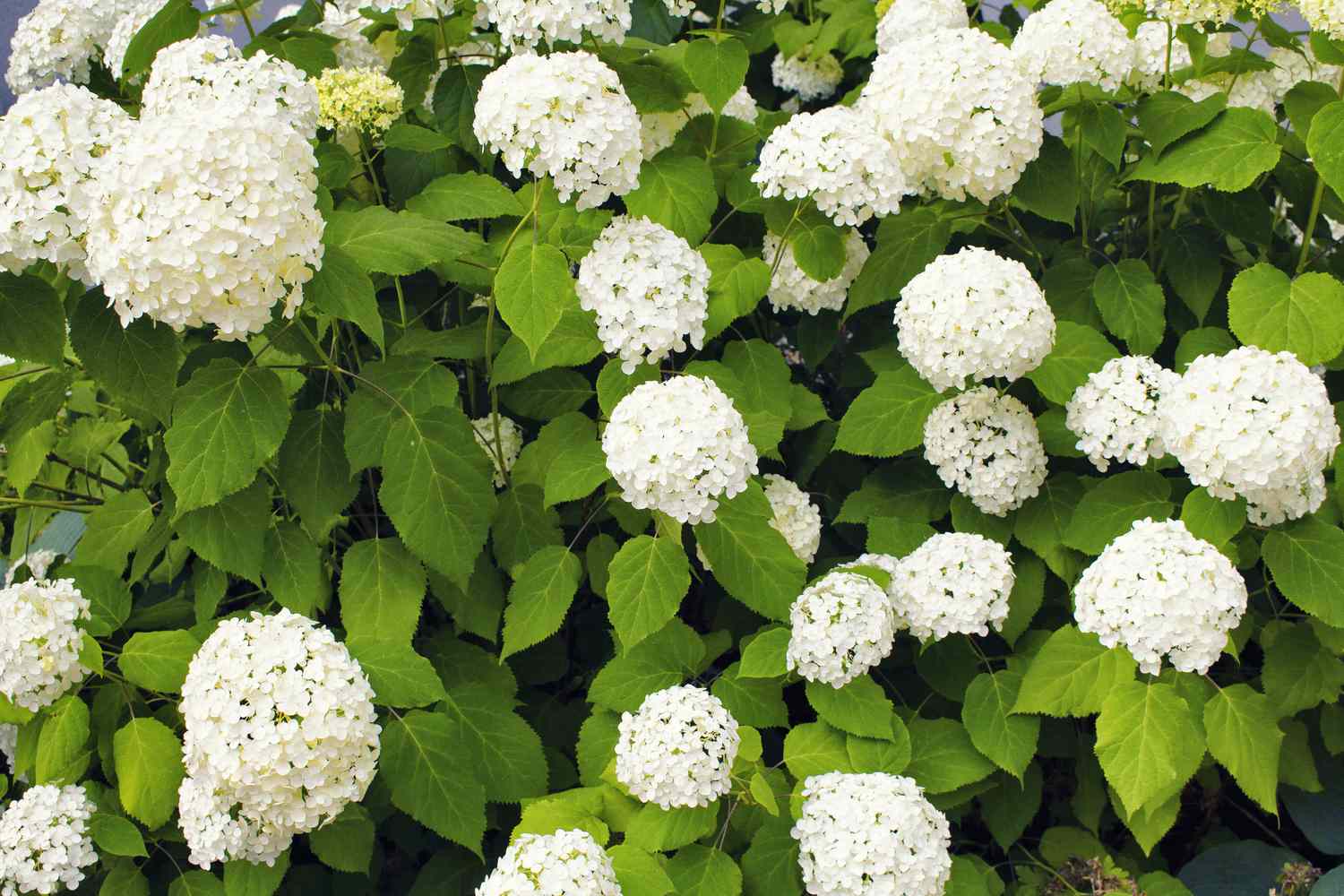
Autumn Planting of Hydrangeas
Autumn is the ideal season for planting the majority of hydrangeas, although the specific timing can vary based on your local climate and weather conditions. It’s best to plant after the summer heat has subsided, ensuring the plant has a vital six-week period to establish itself before the first frost arrives.
As the hydrangea nears dormancy, it begins to redirect its energy away from vegetative growth and focuses on its root system. This shift helps to reduce stress on the plant and lessens the impact of transplant shock, as the cooler fall soil and increased moisture from autumn rains create a more favorable environment.
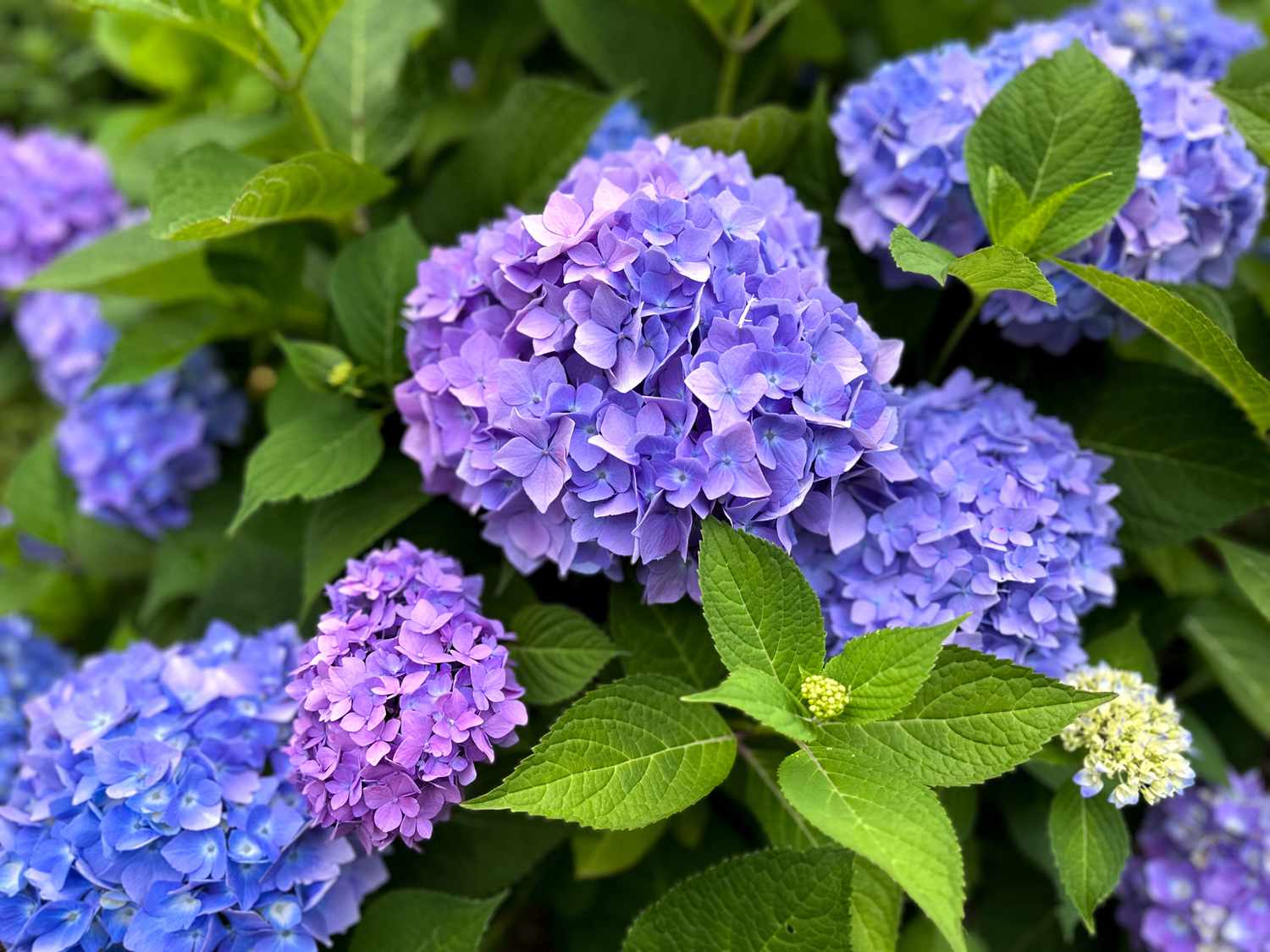
Winter Hydrangea Planting
In regions with a frost-free climate, such as USDA Zone 10, it is possible to plant a hydrangea during the winter months.
It’s important to remember that not every type of hydrangea thrives in hot climates. Varieties of bigleaf hydrangea (Hydrangea macrophylla), like LA Dreamin’ (Zones 5 to 10), are generally more tolerant of heat. Be sure to wait until the plant has gone dormant, and then plant it quickly to allow it ample time to establish itself before the heat returns.
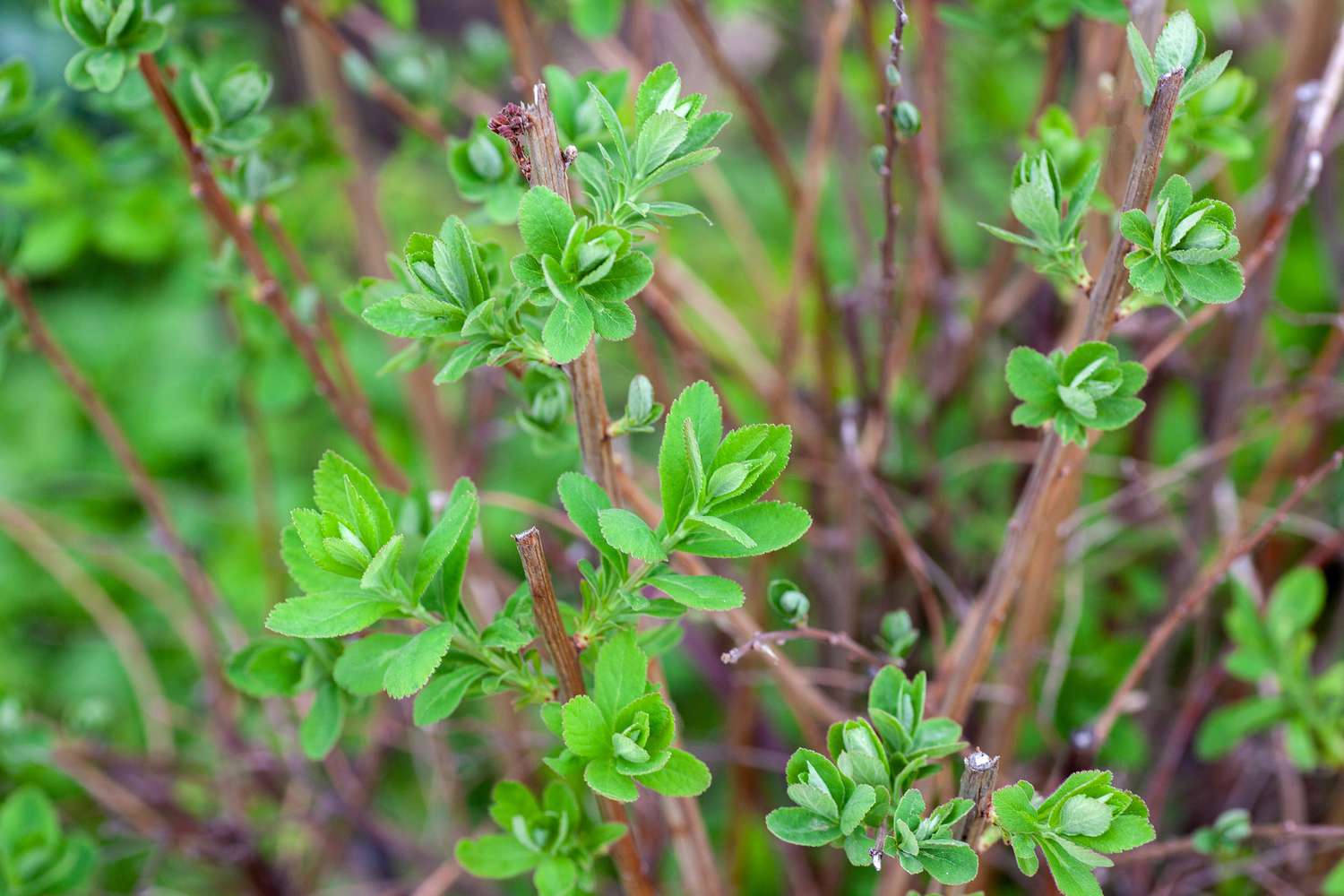
Springtime Hydrangea Planting
Planting in early spring can be a viable option instead of doing it in the fall. It’s important to schedule the planting to avoid any frost risks, while also ensuring the plants have a sufficient six-week period of mild temperatures to establish themselves before the onset of summer heat.
Spring planting carries extra risks, particularly when the weather is unusually warm. As the active growth phase commences, the plant channels its energy from the roots into the development of new buds and shoots. If the initial leaves have already unfurled, the plant could experience transplant shock, potentially resulting in little to no blooming that season.
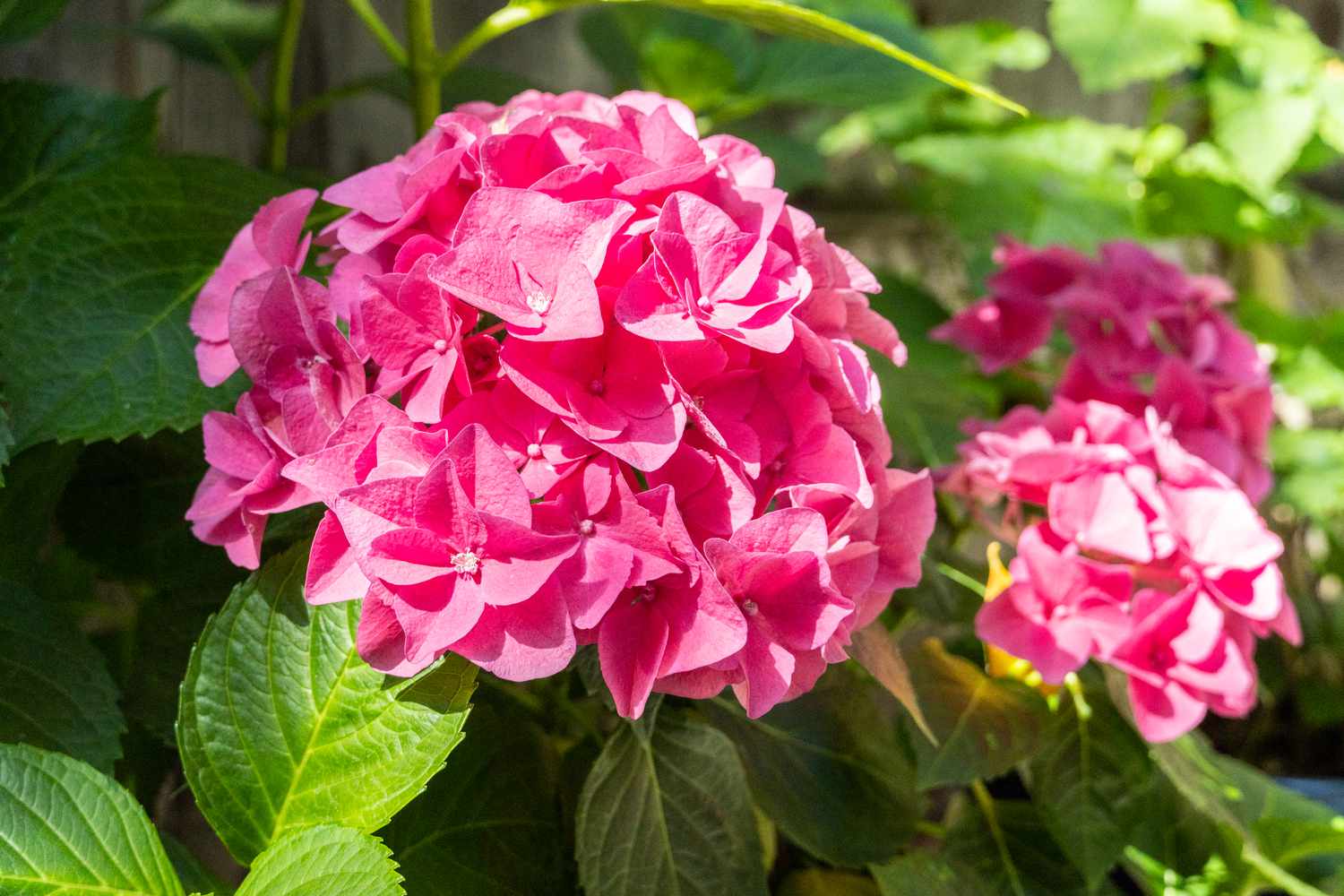
Spring planting could be more advantageous than fall planting for hydrangea varieties that are particularly vulnerable to winter harm, such as bigleaf hydrangea and mountain hydrangea. Since bigleaf hydrangeas flower on old wood, their buds are at risk of being harmed by harsh winter temperatures. By choosing to plant them in early spring, you mitigate that risk and allow the shrub the entire growing season to establish and adapt.
Transplanting Container-Grown Hydrangeas
The ideal time to plant potted hydrangeas differs from that of hydrangeas in garden soil; it’s best to do so in the spring, ensuring that the plant remains in its dormant state.
A hydrangea in a pot is particularly vulnerable to cold damage since its roots lack adequate protection against freezing temperatures. Consequently, it is essential to prepare containerized hydrangeas for winter.
Planting in the fall exposes the plant to the dual challenge of adjusting to unfamiliar soil and the possibility of cold-related harm, a risk that can be mitigated by choosing to plant in the spring instead.
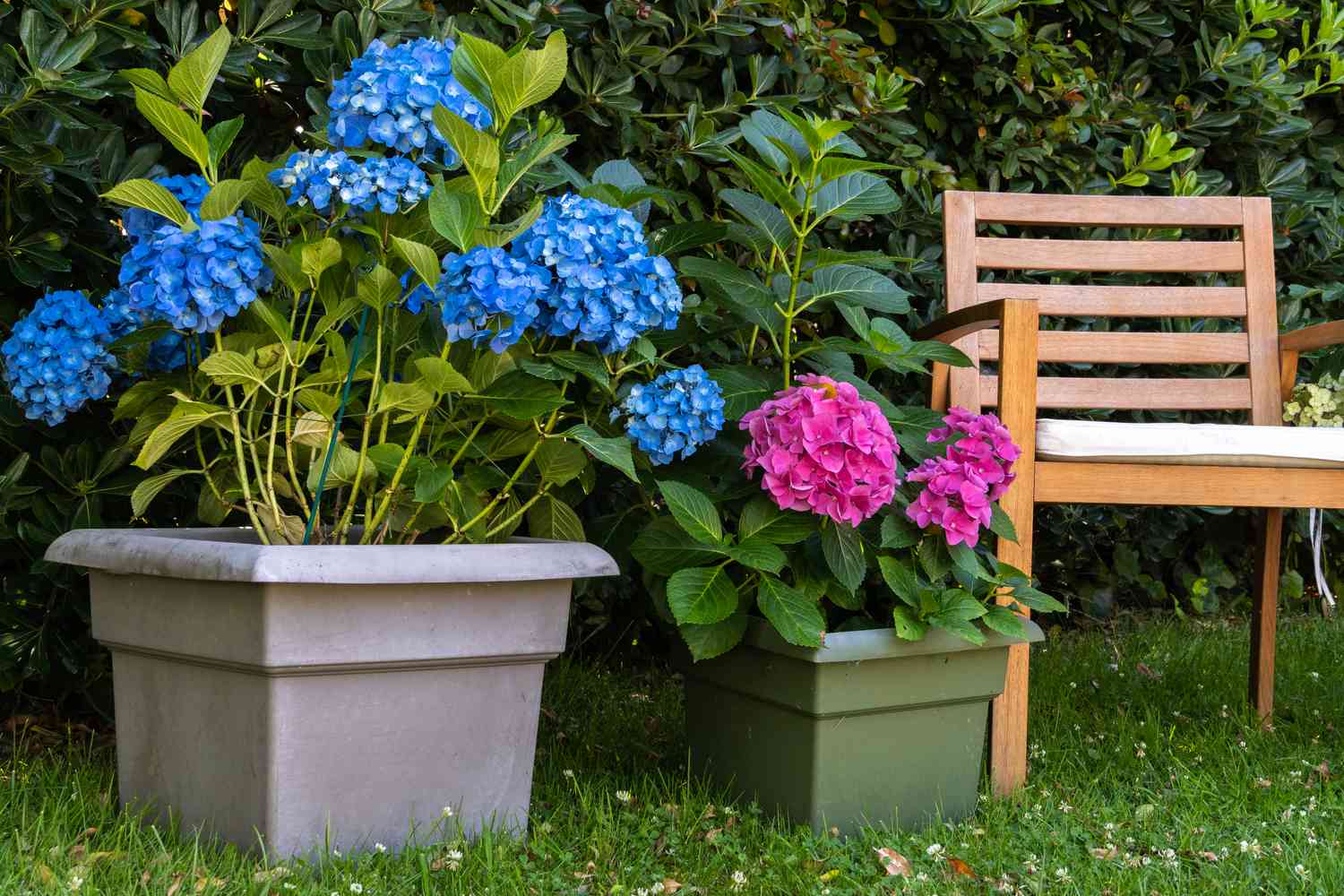
Tips for Successfully Planting Hydrangeas
Choose a hydrangea that is suitable for your planting zone and the specific conditions of your site, along with the space you have available. Different hydrangea varieties come with a range of hardiness levels, light needs, and sizes when fully grown.
Handle the hydrangea with care during planting, ensuring the root system and the surrounding soil remain largely intact to minimize the risk of transplant shock. Prior to planting, enrich the soil with a generous amount of organic material.
Excavate a hole that is at least twice the width of the nursery pot, ensuring that the depth is equal to the height of the root ball.
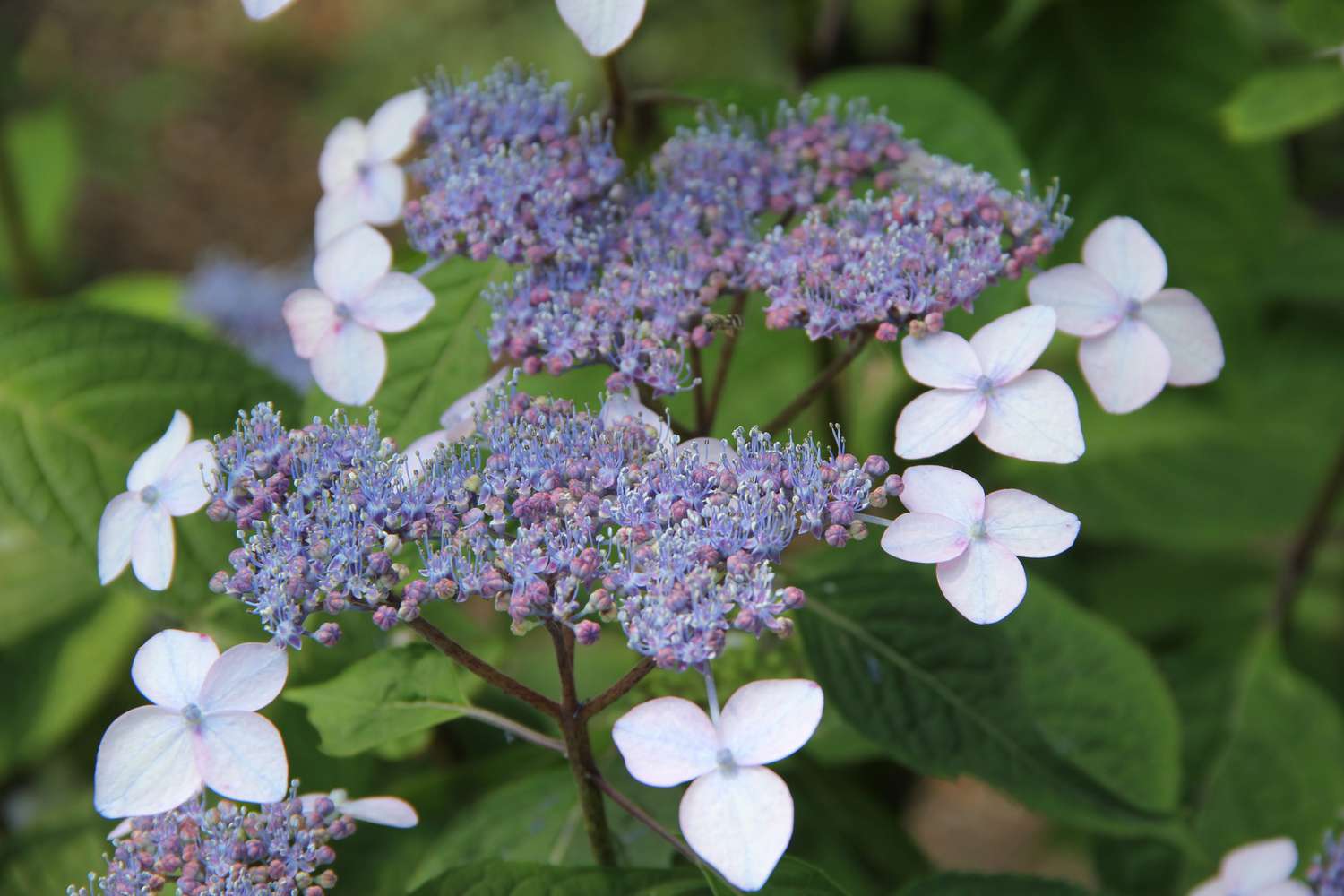
Irrigating Hydrangeas Following Planting
Right after you plant the hydrangea, ensure you water it thoroughly and deeply. Keep the soil consistently moist by watering it whenever it hasn’t rained, and maintain this practice until the first frost of autumn. If you’ve planted the hydrangea in the spring, it’s important to monitor the soil’s moisture levels and water it as necessary throughout the entire first growing season until the autumn frost arrives.
In the case of mild winters where the soil remains unfrozen, ensure to water thoroughly and periodically when there is no rainfall.
When to Steer Clear of Planting Hydrangeas
It’s advisable to avoid planting hydrangeas during the summer or in any warm conditions, as the heat can put undue stress on the plant. Even with frequent and generous watering, the plant may find it difficult to establish its roots in the new soil.
In the flowering phase, the plant focuses all its resources on producing blooms. Planting it at this stage is inadvisable, as it can cause undue stress, leading to wilting flowers and leaves, as well as hindered growth.
Should I apply fertilizer to a hydrangea after it has been planted?
If you planted your hydrangea in the autumn, refrain from applying fertilizer, as this can stimulate new growth that is vulnerable to frost damage. Begin fertilizing in the following spring. Additionally, for hydrangeas planted in spring, allow a minimum of six weeks for them to establish before you start fertilizing.
Is it possible for me to grow a florist hydrangea?
In contrast to the hydrangeas available at nurseries and garden centers, florist hydrangeas have a limited lifespan. These plants have been artificially induced to bloom for a particular occasion. Despite receiving optimal care, it is improbable that their vibrant, non-reproductive flowers will bloom again, making them unsuitable for planting.
What is the latest time to plant a hydrangea?
In autumn, planting becomes unfeasible if the average first frost date in your region is less than six weeks away. During spring, the planting window closes once the first leaves begin to unfurl, signaling the end of the plant’s dormancy. Additionally, if warm spring temperatures arrive early, leading to a swift onset of a hot summer, it is also considered too late to plant in the spring.


